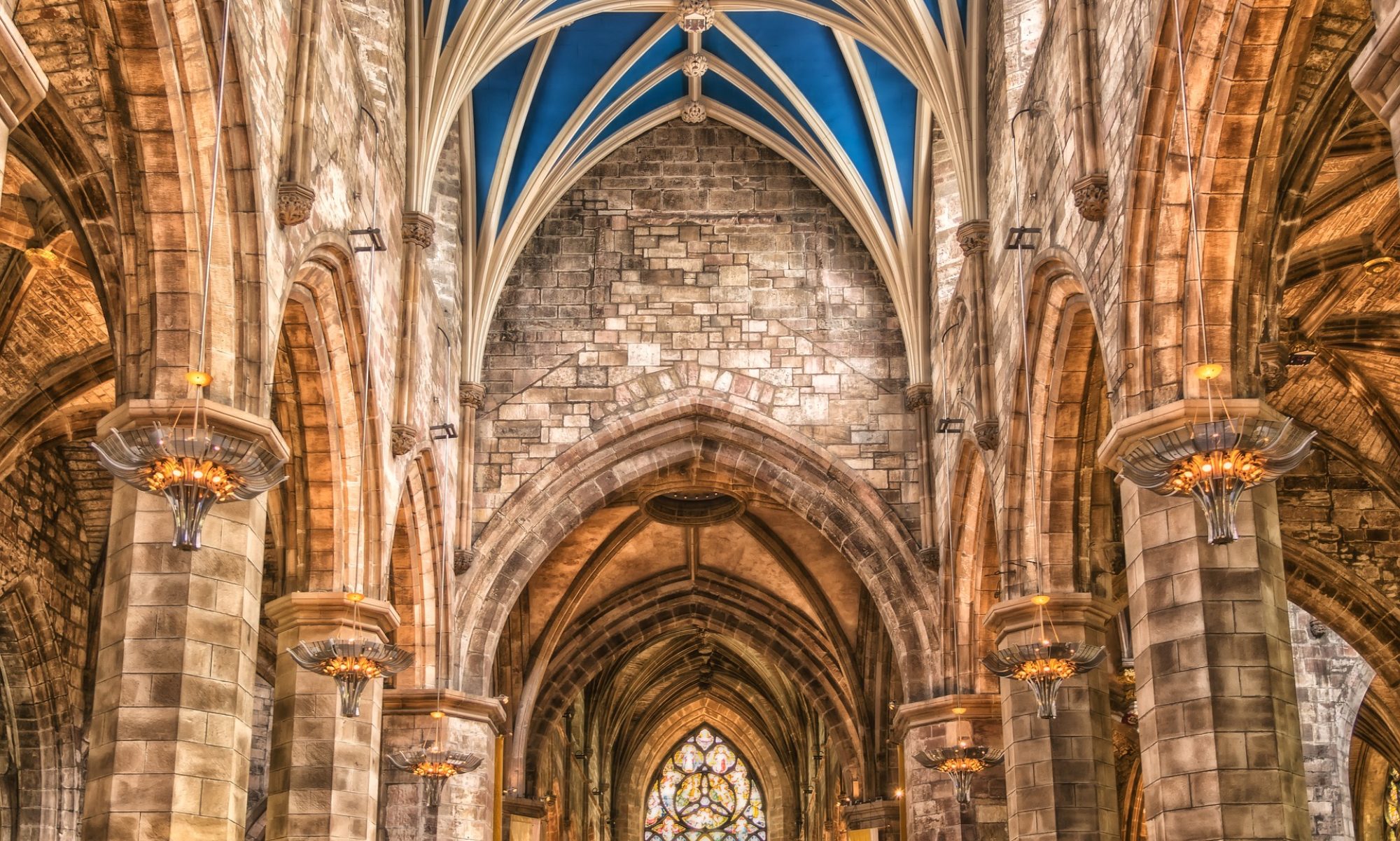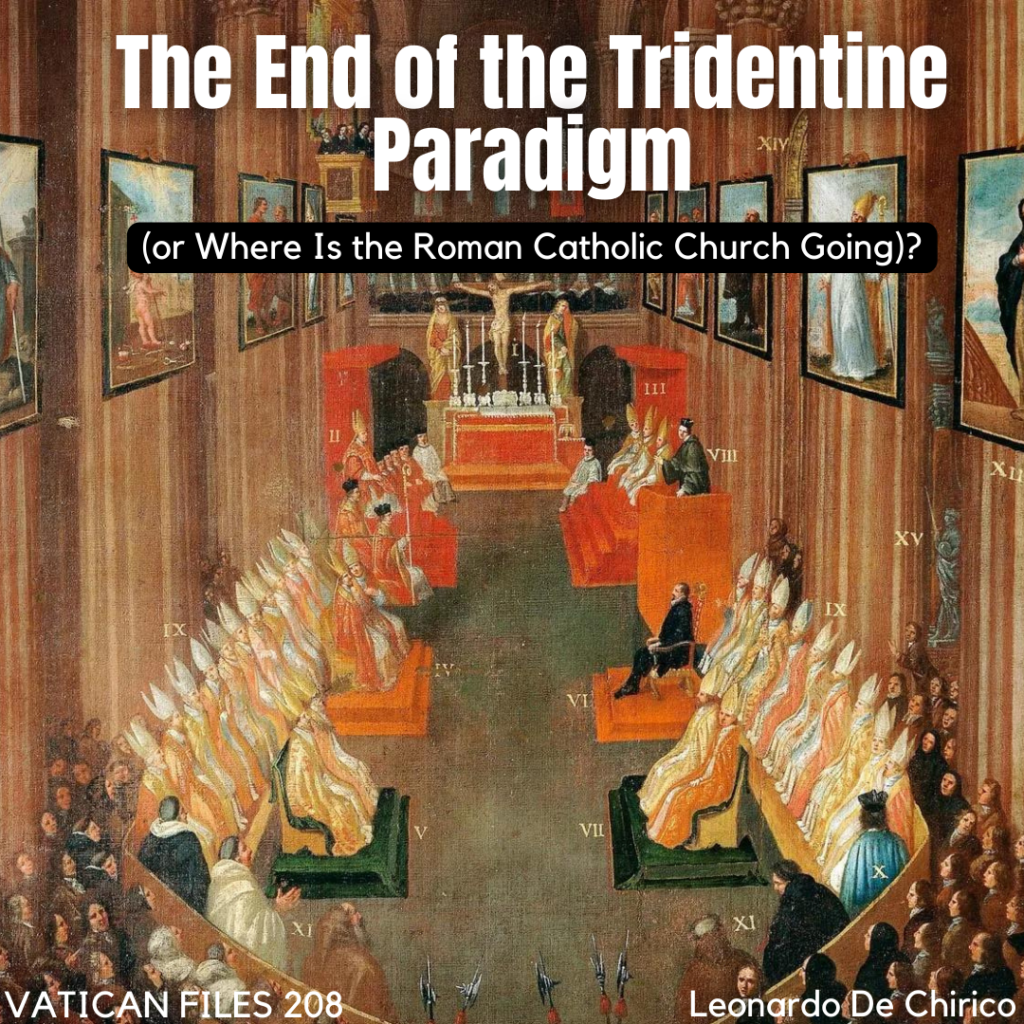Kidnapped (“Rapito,” 2023) is the latest film by movie director Marco Bellocchio that was presented at the 2023 Cannes Festival. It tells the true story of Edgardo Mortara, a Jewish boy from Bologna, who was kidnapped from his family in 1858 when he was six years old and taken to a Catholic boarding school by order of the Inquisition court, under the mandate of Pope Pius IX, who proclaimed the 1854 dogma of the immaculate conception of Mary and the 1870 dogma of papal infallibility. At that time, Bologna was still under the Pontifical State. The reason for this abduction lies in the fact that, when he was still a newborn, the nurse who looked after him, seeing him sick and feverish, baptized him in secret from his parents out of fear that he would die without the sacrament and therefore be lost. For six years, she had kept the secret, only to then reveal it to the ecclesiastical authorities in exchange for financial aid. At that point, the court decreed the removal of the child from the family because he was a “Christian”: the Roman Catholic church considered him its “son” and had the responsibility of educating him in a Catholic way. Edgardo was taken by force to Rome to a boarding school in close contact with Pius IX. The family’s attempts to bring him home were in vain. In 1870, when the Pontifical State ended and Rome became the capital city of the Italian kingdom, the family managed to see Edgardo again, now eighteen, only bitterly to note that their son had not only abandoned Judaism but was on the road to becoming a Catholic priest. Indeed, the baptized Jew became a priest and remained so until his death in 1940.
The film tells this dramatic story: the violence of the kidnapping, the trauma of the child torn from his parents, the suffering of the family, the clash of identities, the solidarity of the Jewish communities of Bologna and Rome, the abuse of the Roman Catholic Church, the authoritarian regime of the Pontifical State and the submission of the Jewish minority, the complex personality of Pius IX, etc. To all this complex interweaving, we also add the choice of Edgardo who, having become an adult, marries the Roman Catholic identity of the time and, instead of returning to Judaism and his community of origin, embraces the Catholic priesthood.
Many critics have underlined the film’s negative charge against the Roman Catholic Church: the intransigence of its dogmas, the authoritarianism of its culture, the intolerance of its practices, and the abuses of its institutions. The traditionalist Catholic press has highlighted the director’s anticlerical prejudices, arguing that, net of the violence of the kidnapping, Edgardo made a “free” and “adult” choice towards the priesthood. Everyone can see the film and draw their own conclusions.
That said, a theological comment has gone almost unnoticed but deserves to be mentioned. It has to do with the Roman Catholic doctrine of the sacrament of baptism. According to this doctrine, baptism is effective ex opere operato, by the very fact of being administered. According to the Roman Catholic understanding, God’s grace is infused through the rite of baptism. There is an automatism, a mechanism that works, in the sacrament. From this point of view, once baptized, Edgardo became a Christian, regardless of the faith he and his parents professed. Since the sacrament had been activated, it brought about an objective change in the baby’s life that necessitated follow-up. At that point, the Roman Catholic Church felt compelled to act accordingly. Baptism should have been followed by the other sacraments, by necessity, without hesitation, whatever the cost. What is at stake is the causative conception of baptism that permeates Roman Catholic sacramentalism, to the point of leading it to carry out the kidnapping of a Jewish child baptized by a nurse. Since baptism caused grace, everything else followed consequently.
The power of Roman Catholic sacramentalism is so forceful that Edgardo himself, who became a priest, is imbued with it. In fact, the film ends with the scene in which he visits his mother on her deathbed and tries to secretly baptize her because he is convinced that by administering the rite, he would save her. In addition to the ideological criticism against the Roman Catholic system of which Bellocchio’s film is woven, it would be useful to question the theological reasons that made Roman Catholicism an authoritarian system which, under Pius IX, led the Roman church to orchestrate the kidnapping of a child. The doctrine of the sacrament ex opere operato is part of them.
One final point. The story of Kidnapped portrays a face of Roman Catholicism that is very different from what most people perceive it to be today. Pope Pius IX ordered the kidnapping of the Jew Edgardo because of an administered baptism, while today, Pope Francis calls “all brothers” Muslims, Hindus, and even atheists, without them being baptized according to Canon Law. In between, there is the Second Vatican Council (1962-1965) where Rome embraced the principle of religious freedom (e.g. Dignitatis Humanae, 1965), a positive view of world religions, and a hopeful expectation that all will be saved. The doctrine of baptism ex opere operato is still the official teaching of the Roman Catholic Church, but there are no practical consequences for those who don’t receive it.
Today, Rome extends her arms around all, regardless of the administration of the sacrament. The transition from Pius IX’s authoritarian sacramentalism to Pope Francis’s inclusivist universalism is a sign of a swing of the pendulum of Roman Catholicism from being a predominantly “Roman” religion to having become a massively “Catholic” one, without changing its ideological basis which keeps the “Roman” structure and the “Catholic” inspiration in constant tension. Since it is not the gospel that shapes its deepest commitments, it can at times be more Roman or more Catholic without ceasing to be Roman Catholicism.


